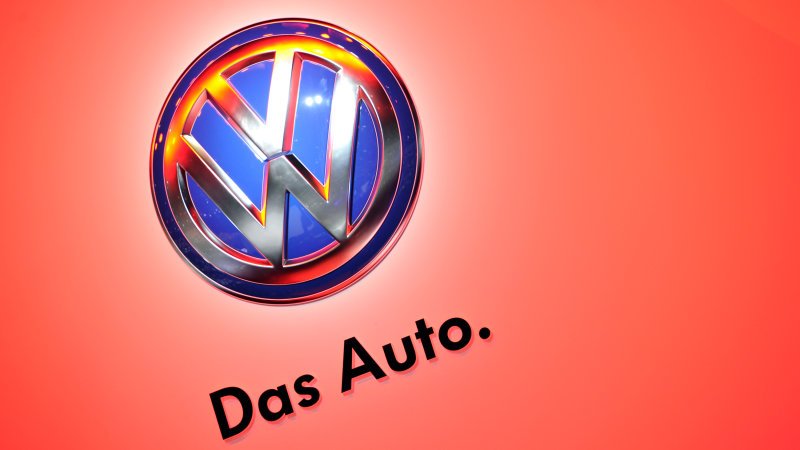Both the Environmental Protection Agency and California Air Resources Board served Volkswagen with a Notice of Violation on Friday, saying the company intentionally circumvented emissions standards by using "defeat devices." Here's a look back at the agencies' emissions enforcement history and how the charges involving Volkswagen developed.
August 1998 – Honda spends $267 million to settle charges it violated the Clean Air Act by disabling "misfire monitoring devices" installed on more than 1.6 million vehicles. Ford spends $7.8 million to settle a charge it violated the Clean Air Act by installing defeat devices on 60,000 Ford Econoline vans.
May 2014 – Working with the International Council on Clean Transportation, researchers at West Virginia University find significantly higher in-use emissions from a 2012 Jetta and 2013 Passat and alert the EPA to their findings.
November 3, 2014 – Korean automakers Hyundai and Kia agree to pay a $100 million fine for overstating the fuel economy on several of their models by as much as six miles per gallon. In announcing the fine, government officials sought to make an example of the two companies to deter further cheating.
"This type of conduct quite simply will not be tolerated," said then-Attorney General Eric Holder. "And the Justice Department will never rest or waver in our determination to take action against any company that engages in such activities – whenever and wherever they are uncovered."
December 2, 2014 – Following discussions that stemmed from West Virginia University's findings, Volkswagen agrees to initiate a recall of 500,000 cars. The company says a software update will fix the nitrous oxide trap technology and selective catalytic reduction technology causing the cars to miss emissions thresholds.
May 6, 2015 – CARB wanted to see whether the software fix implemented by Volkswagen worked. Using portable emissions measurement systems, the regulatory officials found NOx emissions were still significantly higher than expected.
July 8, 2015 – Results from the CARB testing are shared with the EPA and Volkswagen. A series of technical meetings follow, in which Volkswagen discloses the vehicles have a second calibration intended to run only during certification testing.
September 3, 2015 – In a meeting between Volkswagen and the two regulatory agencies, Volkswagen officials admit the vehicles were designed and manufactured with a defeat device that intended to "bypass, defeat and render inoperative elements of the vehicle emissions control systems," according to CARB.
September 18, 2015 – The EPA issues a Notice of Violation to Volkswagen, and CARB says it has initiated an enforcement investigation. The EPA says pollutants are as much as 40 times beyond allowable thresholds.
September 20, 2015 – Volkswagen issues its first response to the burgeoning crisis. "I personally am deeply sorry that we have broken the trust of our customers and the public," Martin Winterkorn, Volkswagen AG's CEO, writes in a prepared statement. "We will cooperate fully with the responsible agencies, with transparency and urgency, to clearly, openly and completely establish all of the facts in this case."
September 21, 2015 – Volkswagen's stock drops 16.5 percent on news of the cheating scandal. In the US, the House Committee Energy and Commerce announced an investigation, and a Justice Department criminal probe is expected to follow.
Nouvelles connexes



